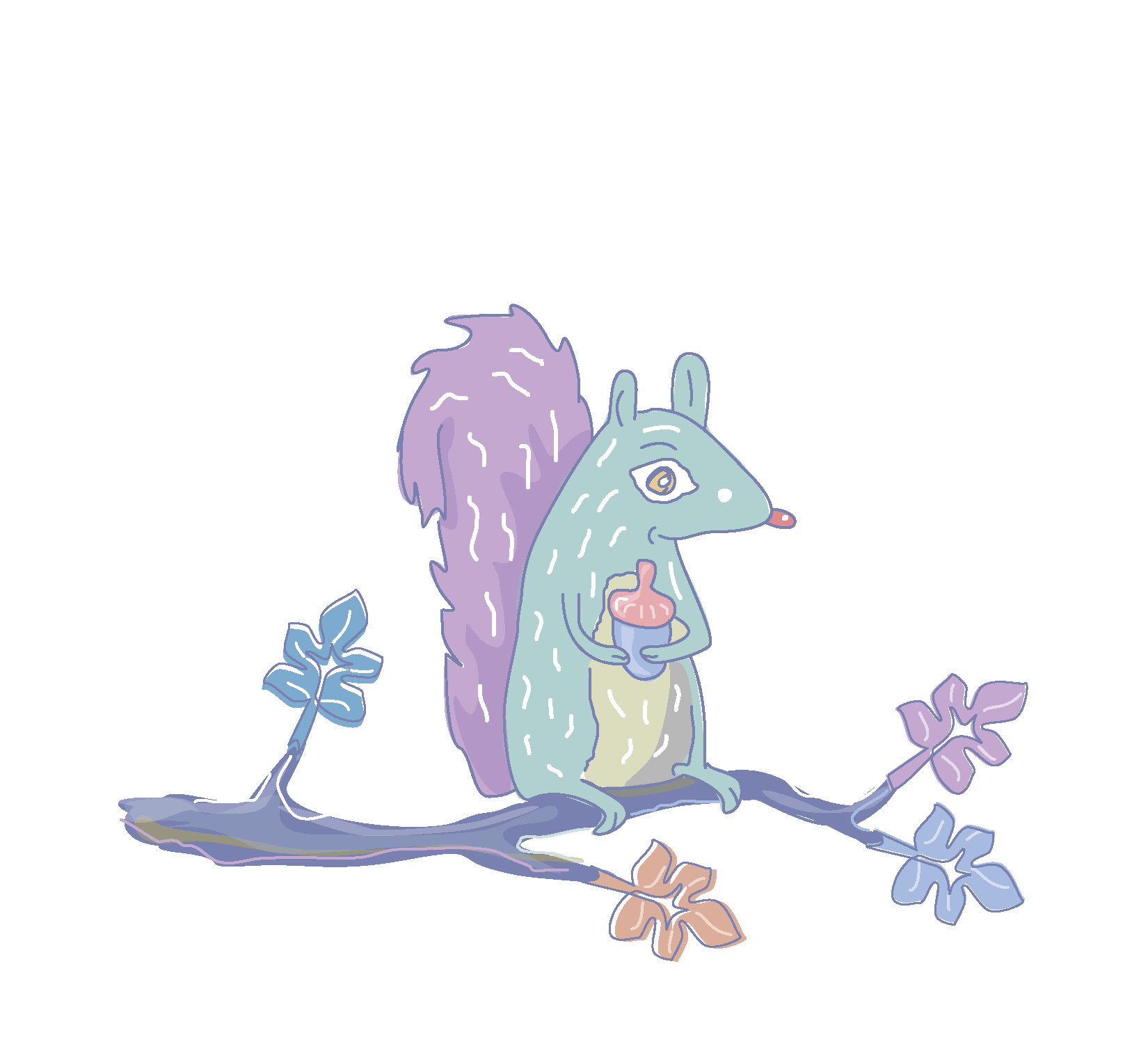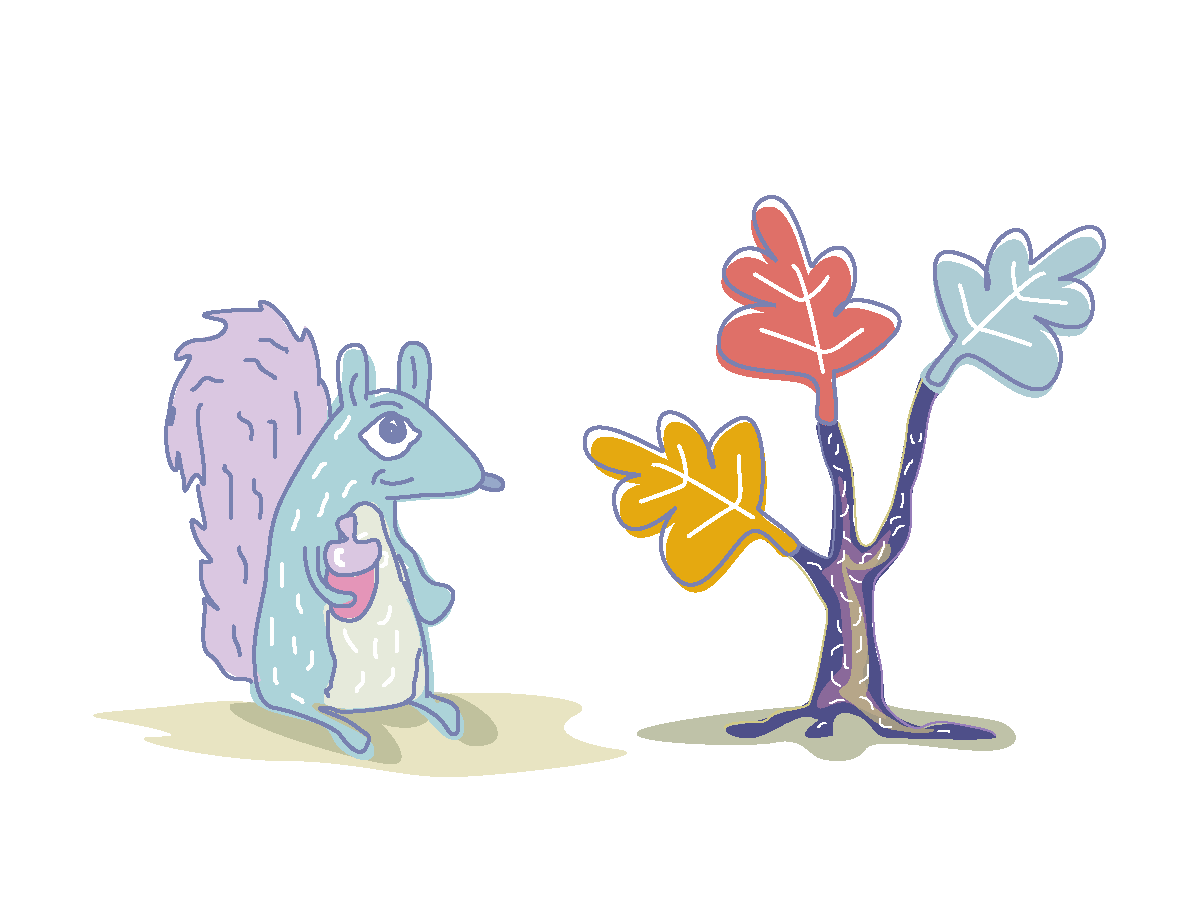Commissioned illustrations and paintings. From family fun at the cottage and chalet, to portraits, to books, to web brand design, to political satires for publications. From paints to pen and ink to digital, every assignment is unique.
( Represented by GALLERY 104 - New York and Laguna Art Gallery - California )
( Literary Agent: Cassandra Rodgers - The Rights Factory )
CHARLES BONGERS I CREATIVE DIRECTOR I BRAND DESIGNER | CONCEPT ILLUSTRATOR
CHARLES BONGERS I CREATIVE DIRECTOR I BRAND DESIGNER | CONCEPT ILLUSTRATOR
CHARLES BONGERS I CREATIVE DIRECTOR I BRAND DESIGNER | CONCEPT ILLUSTRATOR
CHARLES BONGERS I CREATIVE DIRECTOR I BRAND DESIGNER | CONCEPT ILLUSTRATOR
WRITTEN AND ILLUSTRATED BY CHARLES BONGERS


Welcome parents!
Research says the earlier you introduce a child to nature, the more likely they are to be nature's custodians in the future.
Do Trees Have Mothers? is The Hidden Life of Trees (Greystone, 2016) and Finding the Mother Tree (Penguin Random House, 2021) for the preschool set. The perfect book for budding nature lovers, this book introduces the forest’s complex and fascinating wonders in a friendly and age-appropriate way. ― Douglas & McIntyre, Publisher
“This book will help a child to build a lifelong connection to nature by learning about the secret and tender life of trees and the magical web of life that surrounds and supports us.”―Tara Zupancic, MPH, Public Health Scientist

Turn on all your senses.
Spend a minute on each sense.
Get everyone to close their eyes and listen to the birds, the bees, the rustling of the trees.
Taste a breath of fresh forest air. The air we breathe in is the air the trees breathe out. The air we breathe out is the air they breathe in.
Smell the pine needles and the rich soil.
Feel the texture of the bark.
Now to open your eyes. See the saplings at your feet, the ant carrying away a leaf.
When we turn on our senses we connect with nature’s rhythm. Our bodies and minds return to their true nature. They feel refreshed, restored and in tune. Enjoy!
The Japanese call it “shinrin-yoku”, forest bathing. They have been doing it for decades. It’s even part of their national health system!
THE BENEFITS OF "SHINRIN YOKU"(森林浴)
The Japanese practice of shinrin yoku, or Forest Bathing, is good for both physical and mental wellbeing. It is proven to reduce stress hormone production, improve feelings of happiness and free up creativity, as well as lower heart rate and blood pressure, boost the immune system and accelerate recovery from illness.
Trees have been around for 370M years, 310M years before man existed.
Some fun facts


Plants grow faster listening to music.


Adding one tree to an open pasture can increase its bird biodiversity from almost zero species to as high as 80.
Fungi is neither a plant nor an animal it has its own eukaryotic life kingdom.

A handful of forest soil contains between 3 million to 50 billion bacteria and 500,000-100 million individual fungal cells all connected together.

The baobab tree seed gets digested and deposited many miles away with a very fertile start.

A large oak tree can drop as many as 10,000 acorns during its boom year.
This hopefully outfoxes the acorn-eating friends and allows one to germinate.
Some not so fun facts.
Eco-anxiety is real
In a recent study at The University of Bath (Caroline Hickman), 10,000 young people aged 16-25, across 10 countries:
• 75% said they were frightened by the future, due to climate change.
• 56% thought humanity was doomed
• 45% said their feelings about climate change negatively affected their daily lives
The Science
There are many research studies to show how “mother trees” connect with the forest around them and the health benefits of “shinrin-yoku”.
Reference:
The mother tree:
Simard, Suzanne. “The Mother Tree Project.” https://mothertreeproject.org/.
Trees can help each other:
Simard, Suzanne, David A. Perry, Melanie D. Jones, David D. Myrold, Daniel M. Durall, and Randy Molina. “Net Transfer of Carbon Between Ectomycorrhizal Tree Species in the Field.” Nature 388,
no. 6642 (1997): 579–82. https://doi.org/10.1038/41557.
Trees learn and remember:
Gagliano, Monica, Michael Renton, Martial Depczynski, and Stefano Mancuso. “Experience Teaches Plants to Learn Faster and Forget Slower in Environments Where It Matters.” Oecologia 175, no. 1 (2014): 63–72. https://doi.org/10.1007/s00442-013-2873-7.
Trees communicate with each other:
Gagliano, Monica, Stefano Mancuso, and Daniel Robert. “Towards Understanding Plant Bioacoustics.” Trends in Plant Science 17, no. 6 (2012): 323–25. https://doi.org/10.1016/j.tplants.2012.03.002.
Rhodes, Christopher J. “The Whispering World of Plants.” Science Progress 100, no. 3 (2017): 331–37. https://doi.org/10.3184/003685017x14968299580423.
Maffei, Massimo & Wilhelm, Boland. (2007). “The Silent Scream of the Lima Bean.” Paper presented at Chemical Ecology: The Variety of Secondary Metabolites, Jena, Germany, June 2007. https://doi.org/10.13140/2.1.4887.6806.








